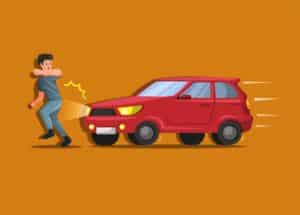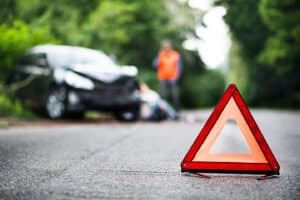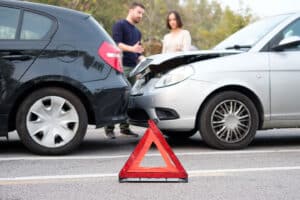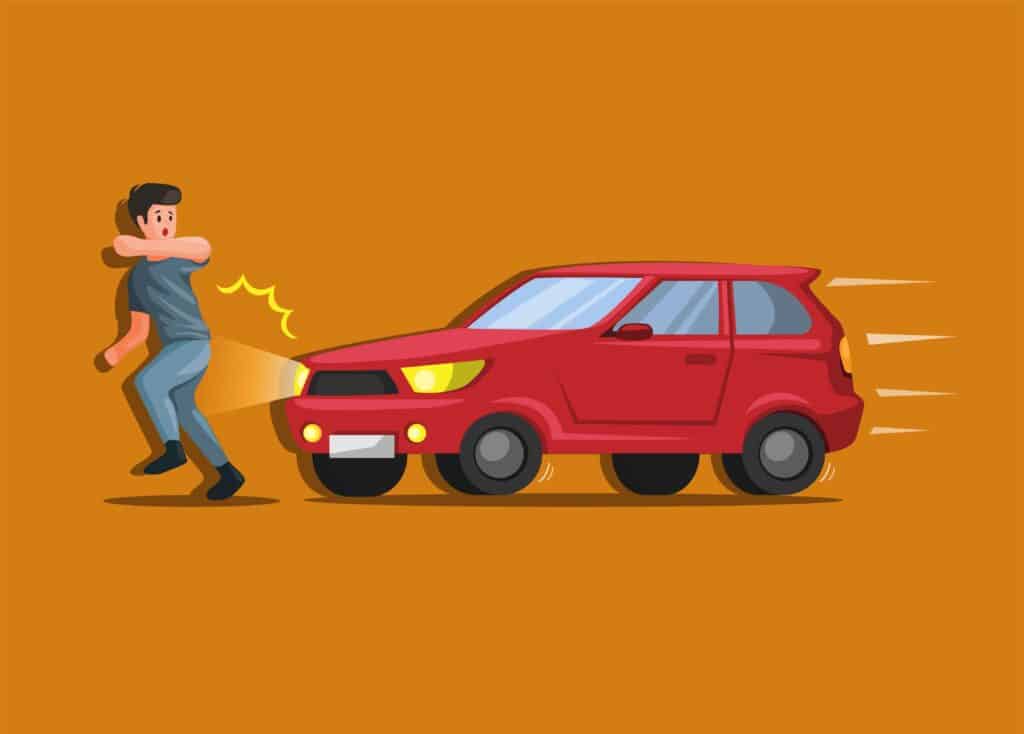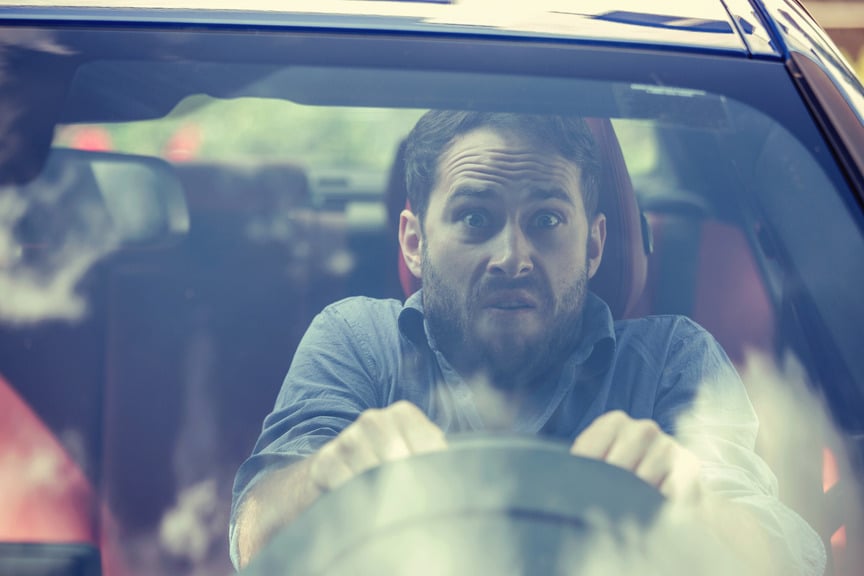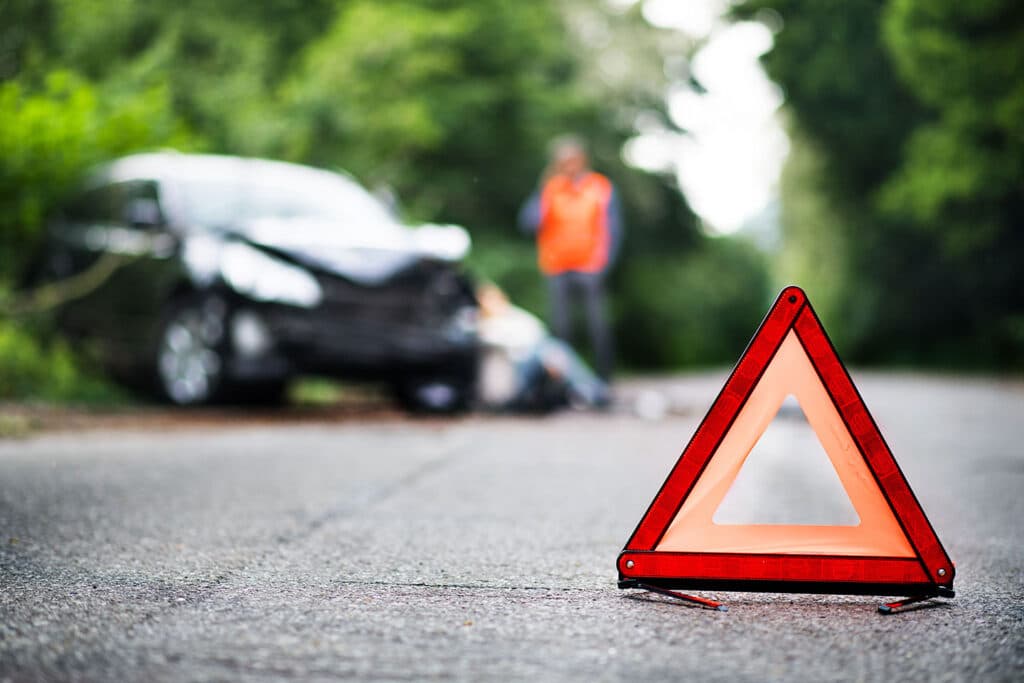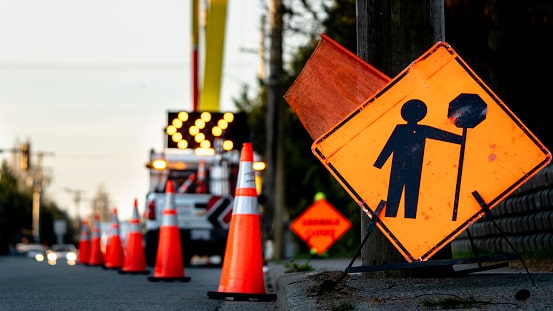
Whether it’s paving and bridgework or sidewalk curb ramps and safety improvements, road construction is typically a good sign that warmer weather has arrived in Oregon.
While maintaining and upgrading our roads is clearly important, motorists approaching, going through, and departing work zones should be aware of the increased risk of car accidents.
Construction zones require motorists to immediately adjust their driving; they may need to slow down, stop, merge, change lanes, drive over rough surfaces, and maneuver around obstacles such as road construction workers, traffic cops, heavy machinery, materials, tools, and debris. When drivers aren’t paying attention or otherwise being reckless, serious and sometimes fatal accidents can occur.
Due to the chaotic nature of work zones, it’s even more important to practice safe driving habits so you can avoid causing a crash that results in injury — or worse.
Work zone safety tips
If you avoid recklessness when you’re behind the wheel, you shouldn’t have any problems safely navigating through a work zone. For drivers who already engage in negligent behavior (e.g., speeding, distracted driving, road rage, driving under the influence, etc.), the risk of a crash is heightened around a road construction site.
To avoid dangerous driving behaviors when traveling through a work zone, the Federal Highway Administration offers these tips:
- Plan ahead. If you don’t want to deal with road construction, check the latest traffic conditions and alter your route as needed.
- Keep your focus. You shouldn’t be distracted (e.g., texting, eating, self-grooming, using an electronic device, rubbernecking) while you’re driving anyway, but this is even more important in work zones. Pay attention to what other motorists are doing, obey flaggers, and be prepared to maneuver around signs, cones, barrels, raised road structures, and other obstacles.
- Be mindful of workers. In highway work zones specifically where getting hit by a car likely means a higher-speed collision, watch out for workers. According to the latest crash data from 2019, 135 highway road construction workers died in fatal accidents that year.
- Be prepared to stop. Traffic patterns change in work zones frequently, which can cause traffic jams and other delays. When you’re approaching a work zone, give yourself plenty of room to slow down and stop to avoid crashing into the rear-end of another motorist. Rear-end car accidents resulted in about 25% of all fatal work zone crashes in 2019.
- Watch your speed. Speeding is one of the primary causes of all motor vehicle accidents and is even more dangerous around work zones. Always obey the posted speed limit and do not follow the vehicle that’s in front of you too closely. Remember, getting rear-ended by another driver is one of the top ways people die in work zone crashes. From 2018 to 2019, the number of fatal work zone crashes where speeding was a contributing factor increased by almost 40%.
- Be careful around large vehicles. An 18-wheeler, semi-truck, tanker, dump truck, tractor-trailer, bus, or any other type of big rig needs more time to slow down and can’t maneuver through a work zone as easily as a standard-size passenger vehicle. Large vehicles also have large blind spots, so you should avoid making sudden lane changes and cutting in front of truckers and bus drivers.
Including drivers, passengers, pedestrians, and bicyclists, work zone crashes in 2019 resulted in 842 deaths (up 11% over 2018). Simply put, every motorist needs to put safety first when driving in or approaching a work zone. That means you should be respectful of all road workers, your fellow drivers, and everyone else you encounter on the road.
Demand justice after a crash
If you were seriously injured or a loved one died in a fatal work zone crash in Portland or anywhere in Oregon, you have the right to pursue financial compensation for your damages from the at-fault driver. The problem is you aren’t actually seeking money from the driver that’s responsible for your crash, but rather, that driver’s auto insurance company — an entity that has a financial incentive to close your claim as quickly and cheaply as possible.
Don’t let an insurance company downplay the severity of your work zone crash. Let an experienced car accident lawyer handle your claim and fight for maximum compensation.
Find out what a personal injury attorney from Zbinden & Curtis can do for you and contact us right away to schedule a free consultation.
This entry was posted on Friday, May 28th, 2021 at 2:38 pm and is filed under Car Accidents. You can follow any responses to this entry through the RSS 2.0 feed. You can leave a response, or trackback from your own site.
